saga prefecture
Saga Japan: Five Amazing Foods to Try from this Region!

Tokyo Terry
Posted on March 12, 2024
Share:
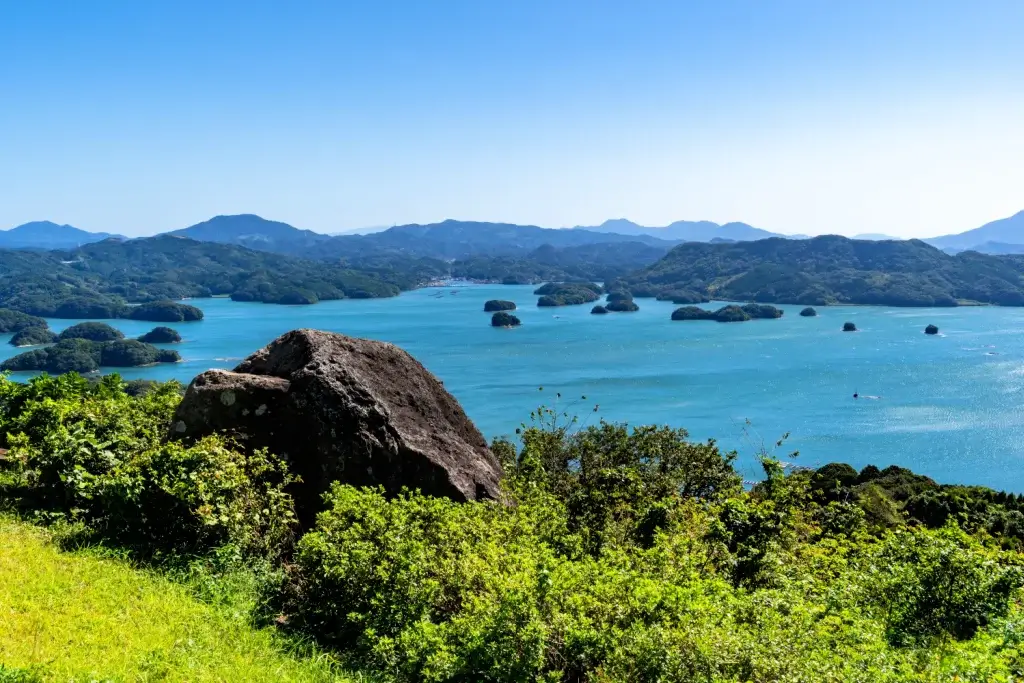
Saga, Japan is located in northern Kyushu. The Genkainada (Genkai) Sea is on its north coast, which funnels water between the Japan and North China Seas. On its south coast is the Ariake Sea, an almost completely enclosed bay with dramatic tidal changes. Being situated between these two unique bodies of water has made Saga, Japan, famous across the country for its seafood.
Squid
Squid (ika) is a traditional food in Saga Prefecture. And no place in Saga is more famous for squid than Yobuko. The small port town is located in the Genkai region of the Higashimatsuura Peninsula in northwestern Saga Prefecture. The Tsushima Current brings a constant flow of nutrients to the Genkai Sea.
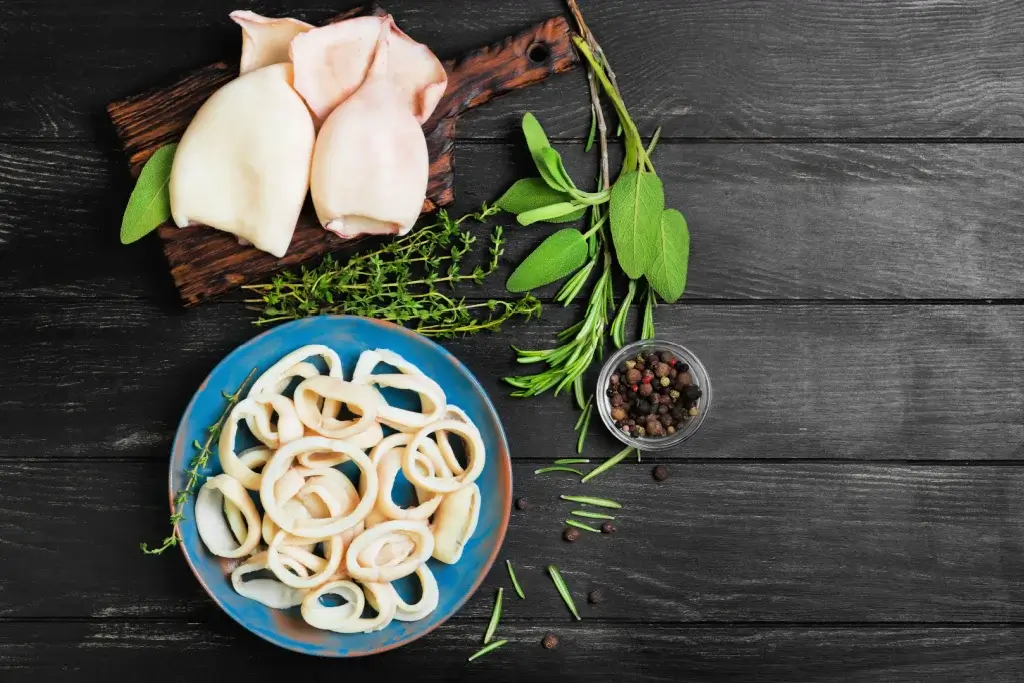
Because of this, the squid from these waters have high concentrations of nutrients and a unique transparent body. Ika taste and quality deteriorate quickly once the animal has died. So, seafood restaurants in Yokuba receive a constant seawater supply via pipes. The squid can then be kept alive as long as possible before serving.
Several varieties of squid are common in the Genkai area. Sticky and sweet Yobuko swordtip ika is eaten mainly as sashimi. Kensaki squid has a light taste and is eaten as tempura. Surume ika has a pleasantly crunchy texture and is usually dried or grilled. Regardless of the type, fried squid is a Yobuko specialty. Ika is available all year round in the area. Over a million tourists yearly visit Yobuko’s seafood restaurants and famous morning markets.
Crab
The Takezaki region is another Saga area famous for seafood. It is located in southern Saga, on the west coast of the Ariake Sea. Strong tides bring a fresh food supply daily for the sea creatures living in this long bay. Spider crabs (takaashi gani), horsehair crabs (kegani), and red king crabs (taraba gani) are all found in the area. However, blue crabs from Tara are the most famous for their flavor and meat. They are commonly called Takezaki Crab.
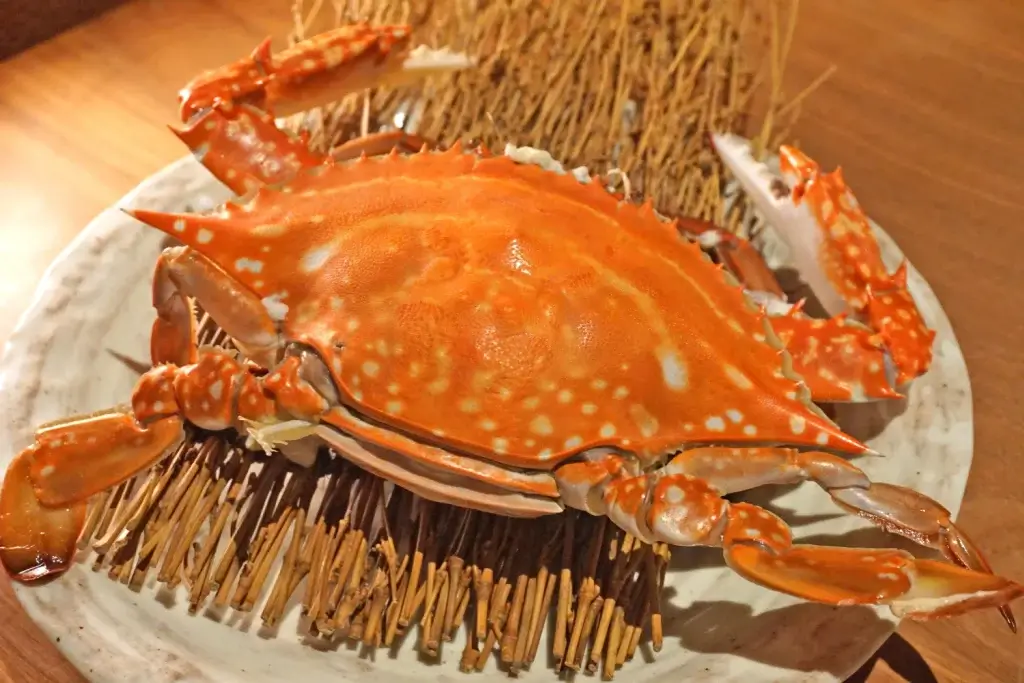
Takezaki Crabs are a blue-green color when caught but turn a bright red when cooked. They are sold at restaurants yearly but become especially popular during specific seasons. Male crabs are primarily eaten in autumn when they are said to taste best.
While female crabs are usually consumed in winter when they are laden with eggs (roe). This crab is usually baked and served with fresh lemon wedges. But, when boiled, seawater is used to add more flavor. The raw crab is also expected to be cut into small pieces and served as sashimi.
Oysters
Takezaki is also famous for its oysters. The Ariake Sea is almost completely enclosed and open to the sea only at its southern end. This causes the water level in the bay to change by as much as six meters. During low tide, fishermen can drive onto the seabed, making oysters relatively easy to harvest. The trucks then transport the oysters the short distance to Takezaki Port.
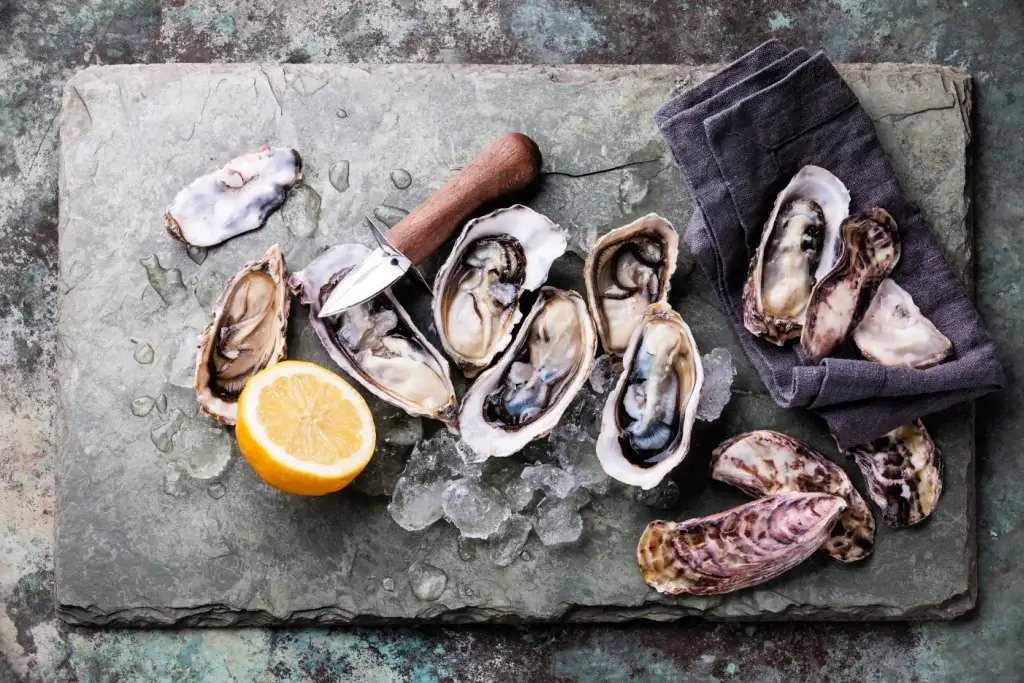
Shellfish from the Ariake Sea are exceptionally flavorful. Oysters are usually eaten raw (nama gaki). Other varieties, such as scallops (hiougi gai), are cooked in shells over hot coals and served in a buttery sauce. The road from Kashima City to Southern Saga is lined with oyster huts during the oyster season from November to March.
Are you looking for fantastic food across Japan? Check out Sakuraco! Sakuraco delivers traditional Japanese snacks, teas, and sweets from local Japanese makers directly to your door.
Nori
Saga Prefecture is Japan’s largest nori (laver) seaweed producer. Almost half of all nori consumed in Japan comes from the Ariake Sea. To meet demand, it is mainly grown on nets in underwater farms. The poles that support these nets stick out of the water and are a common sight along the coast.
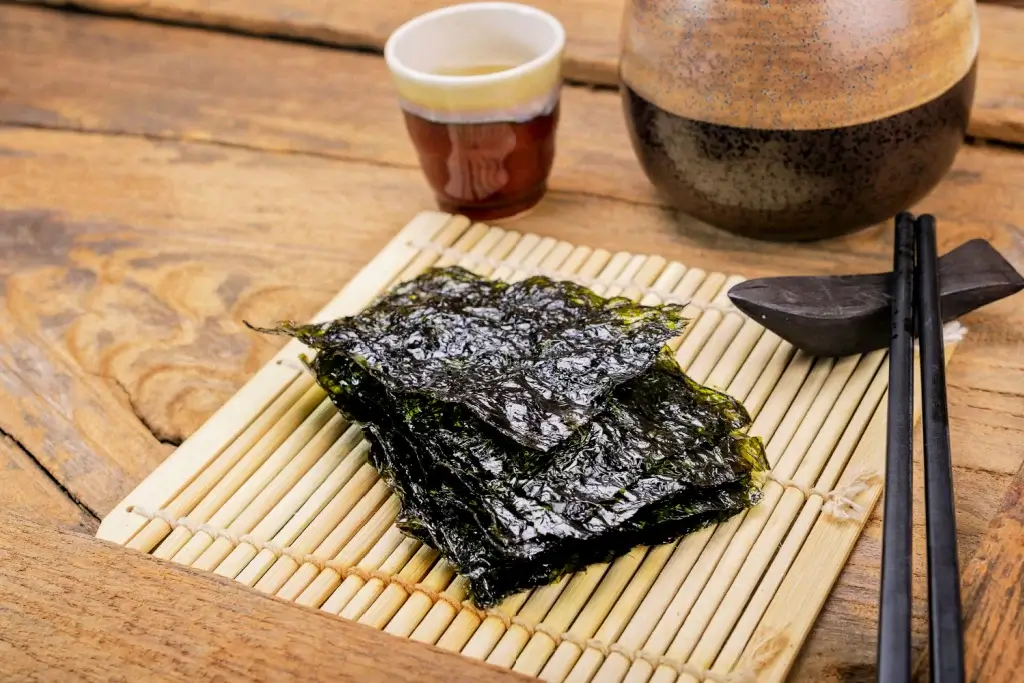
Nori must be exposed to direct sunlight for some of the day. The seaweed uses the sun’s energy to create and store food during this time. The shallow tides of this sea provide more than perfect conditions and produce very nutritious laver. It is known as Ariakekai Ichiban (“Ariake Sea number 1”) and has the highest grade. After harvesting from February to April, the nori is processed at the nearby port factory.
It is then grilled using ubame oak charcoal to give it a smoky flavor and made into sheets. This dark green seaweed is prized for its thick leaves and is mainly eaten raw. It is a necessary side dish with other salty foods like ramen and udon. And, of course, there can be no sushi without it.
Tiger Prawns
Japanese Tiger Prawns get their Western name from their dark stripes. They are native to Japan, also known as Japanese Imperial Prawns. In Japanese, they are called kuruma ebi because of their curved shape, which resembles a traditional carriage. Many of the Tiger Prawns in Japan come from Karatsu and Imari in northern Saga. Kuruma ebi are the most sought-after shrimp in Japan. They can be caught wild from June to August. Farmed Tiger Prawns are also available from December to February.
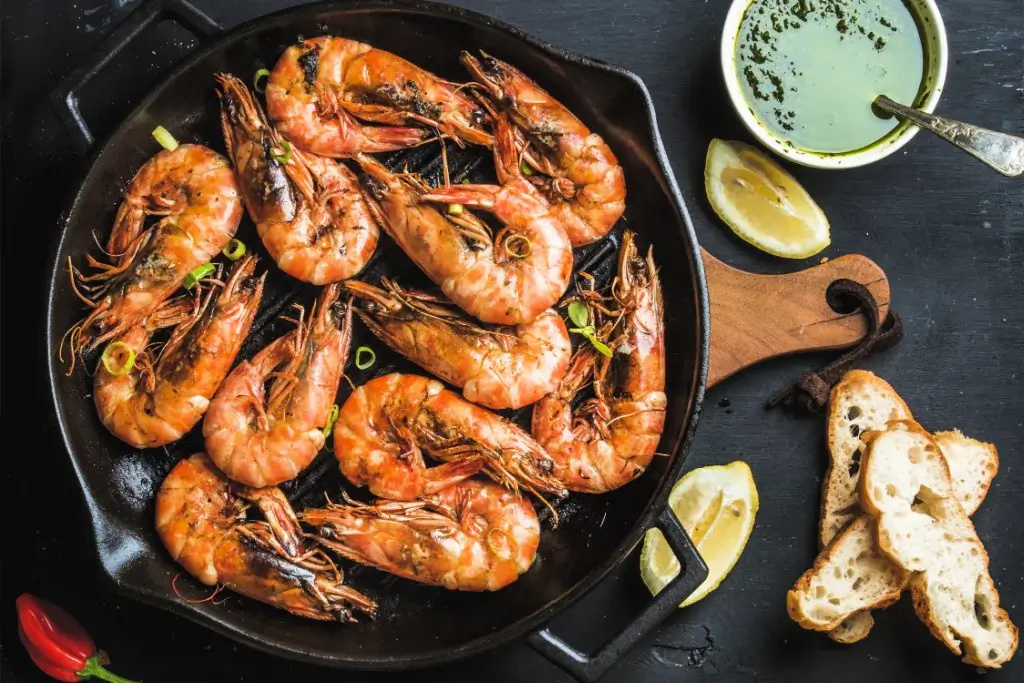
Japanese Imperial Prawns are popular because of their large size and tasty meat. When they are eaten raw as sashimi, they still possess their dark stripes. But, once cooked, they become pink with red stripes. In Saga, they are commonly eaten as tempura and boiled or grilled. They are so prevalent in Saga Prefecture that they are available at vending machines, such as ebi furai (ready-to-fry shrimp).
Lotus Root
In Japanese, the lotus plant’s rhizome (swollen underground stem) is renkon. And Saga Prefecture is one of Japan’s leading producers. Lotus root production in the prefecture has been steadily increasing since 2013. The town of Shiroishi is situated at the north end of the Ariake Sea, between Saga and Kashima. This small town produces and exports more lotus root than anywhere in Saga Prefecture. The rhizome is technically not seafood. But this area’s reclaimed, swampy land provides the muddy conditions for lotus growth.

Lotus is sold both as an intact root and as a powdered ingredient. The starchy root is crunchy, so it is used to add texture to many dishes. Thin slices are stir-fried, eaten with soy sauce, or fried and made into chips. The root is also pickled with vinegar and mixed with greens to make a lotus root salad (su renkon). It is even eaten as tempura. The roots are harvested in autumn when Saga Prefecture seafood is in season. So, it is often served grilled as a complementary side dish.
Why should I try this excellent food from Saga, Japan?
Saga Prefecture is the perfect destination for food lovers. Its location between the Genkai and Ariake Seas ensures that seafood is always available. And its culture has resulted in a close relationship between fishermen and restaurants. This combination has resulted in one-of-a-kind approaches to providing the freshest seafood of every kind. If you seek authenticity and flavor, Saga is worth visiting. Have you had the chance to eat seafood in Saga Prefecture? How was your experience? If you have any suggestions for restaurants or dishes in the area, feel free to share them below!

Discover authentic flavors with Sakuraco
Get Sakuraco 

Discover authentic flavors with Sakuraco
Get Sakuraco 
Related Articles
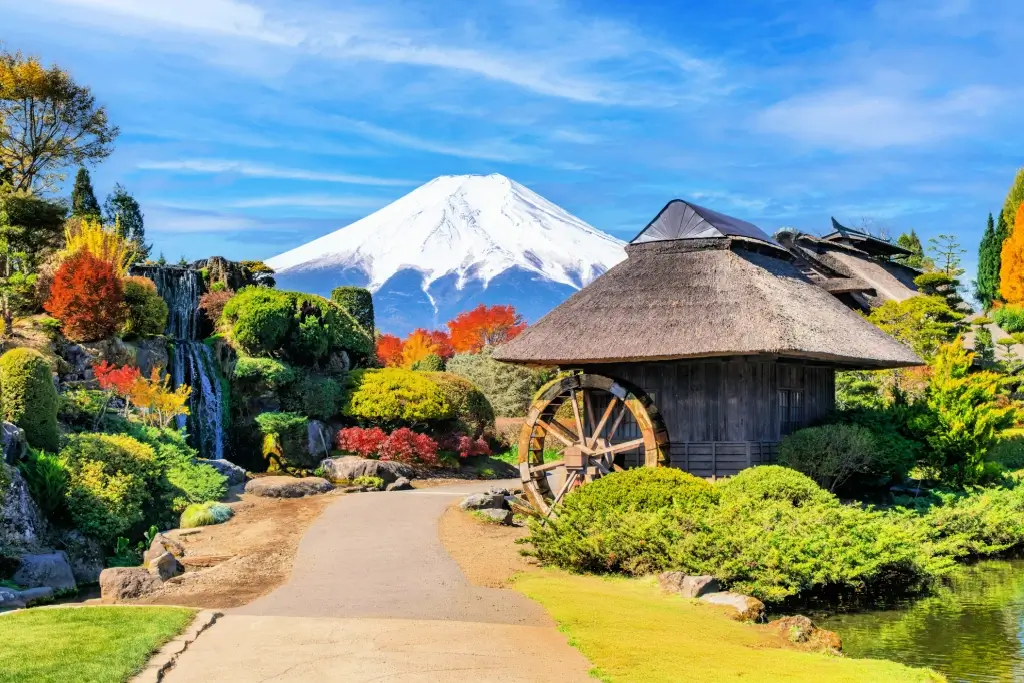
Best Time to Visit Japan: Nine Great Regions!
Japan is famous for its numerous beautiful natural landscapes and its ancient cultural traditions, which are still preserved today. Is now the best time to visit Japan? Let’s explore the nine regions of this nation and what makes each unique.
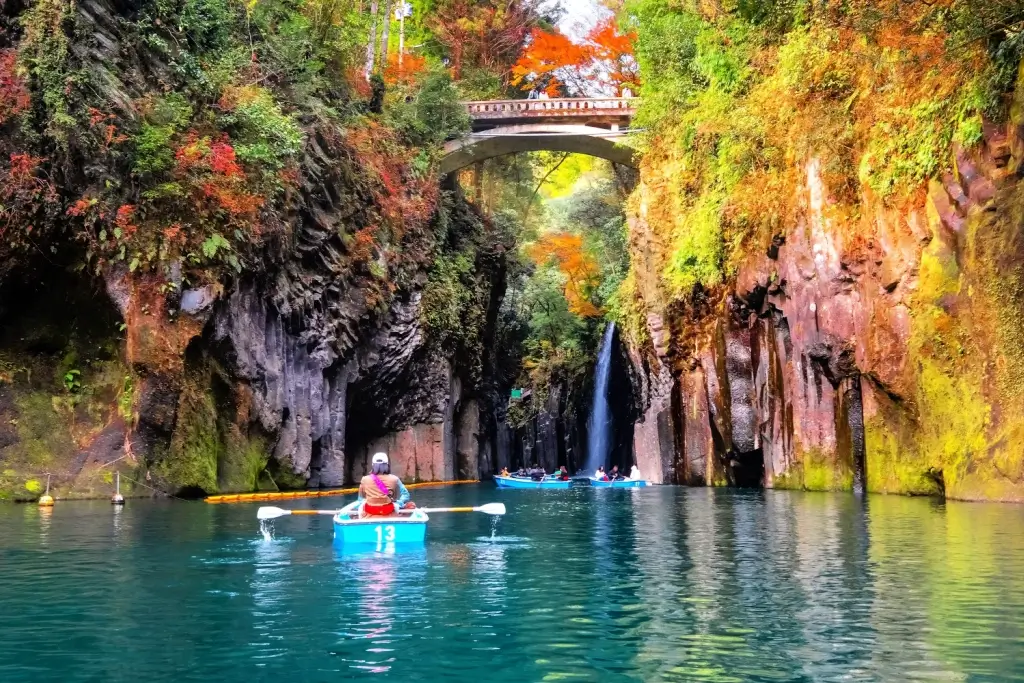
Kyushu Region: The Subtropical Island of Japan!
The Kyushu region in southern Japan offers natural beauty, rich history, and culinary delights. Comprising seven prefectures, Kyushu is full of attractions, from cities and volcanoes to hot springs and local food.

Kumamoto Food: Five Great Dishes to Try!
Whether exploring Kumamoto Castle or soaking in hot springs, sampling this prefecture’s signature dishes is essential to the experience!
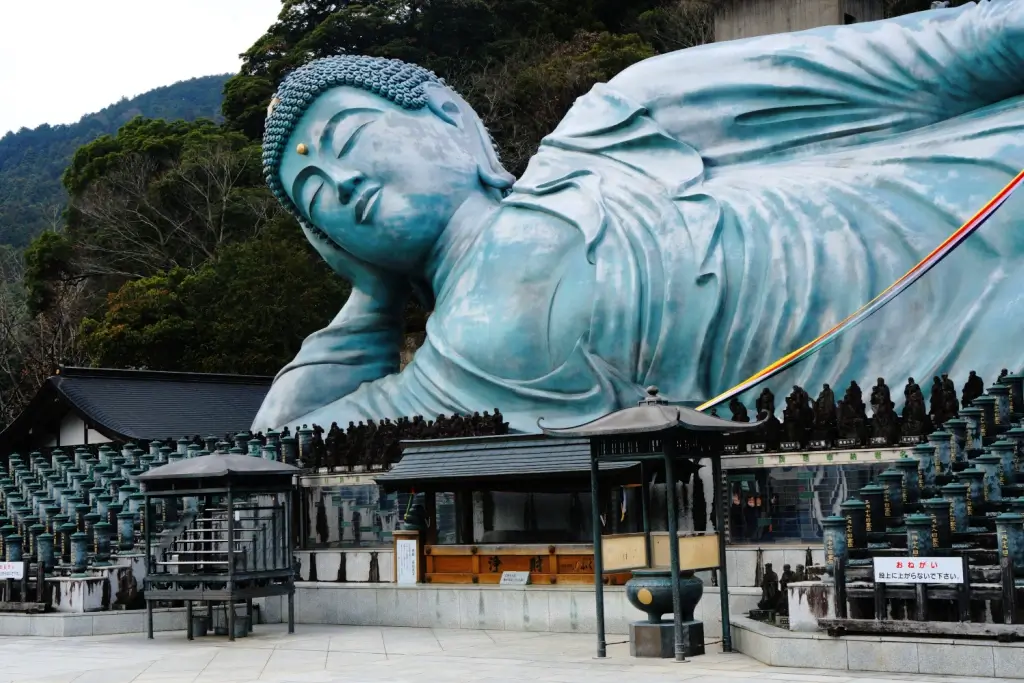
Fukuoka Travel: Enjoy Shopping and Sightseeing!
As one of Japan’s oldest and most culturally significant cities, Fukuoka must be on your following Japanese itinerary!



